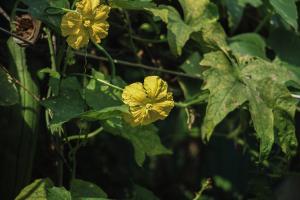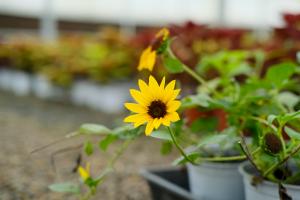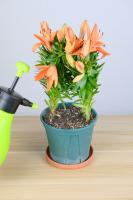1、 Curing method
1. Temperature: Corydalis likes cooler temperatures. Generally speaking, it is good in the range of 15 to 20 degrees. When breeding, it can also be maintained in this range. Its ability to withstand high temperature is not very good. At 30 degrees, it will affect the quality of flowering, so try not to exceed 30 degrees. But it has good cold resistance
2. Light: it likes light. Especially when it comes to flowering, if the sunshine is insufficient, the flowering will be blocked. Good sunshine will prolong its flowering period and its color will be brighter. However, too strong light is not enough. It will be slightly blocked when encountering it
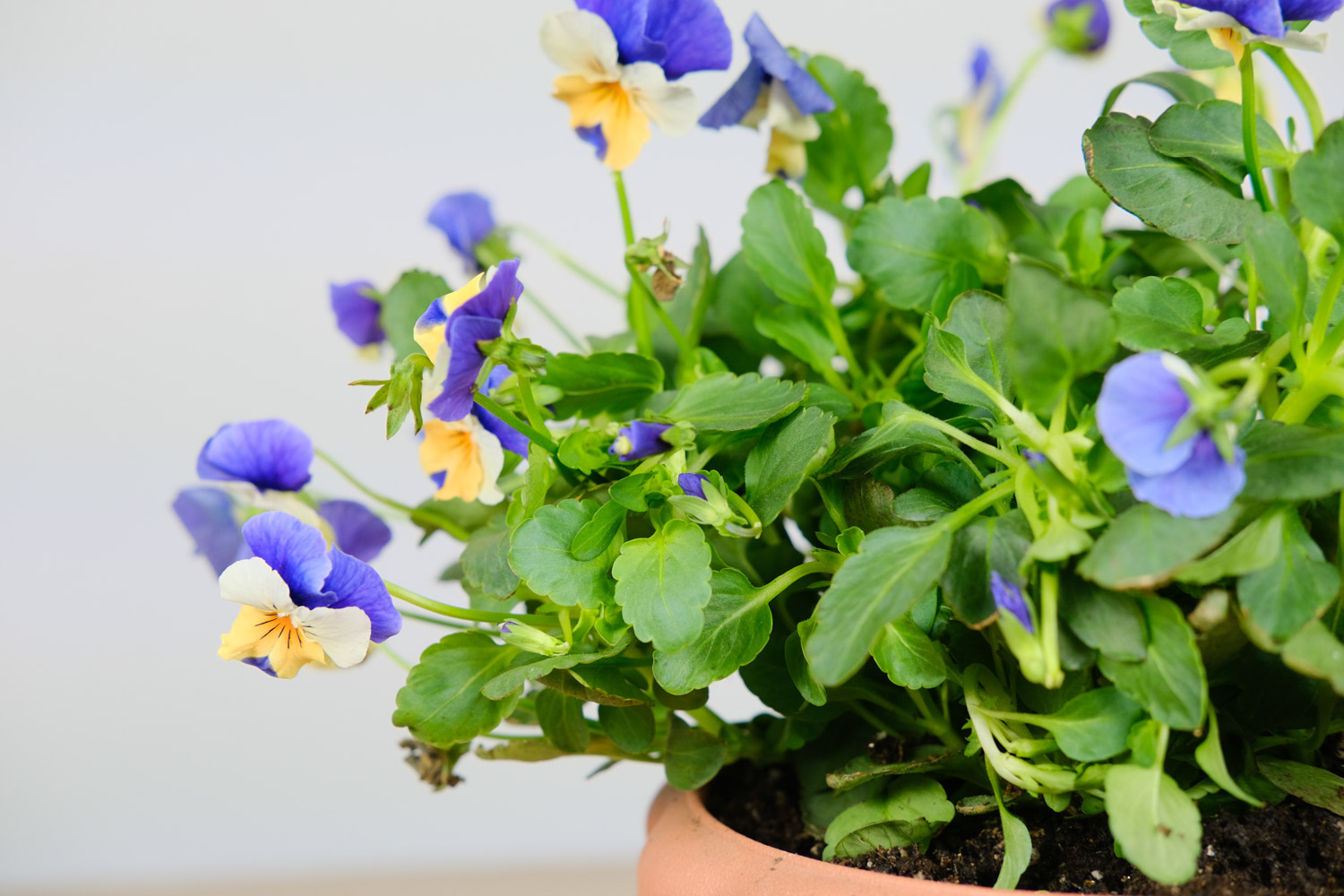
3. Watering: it likes to be wet, but try not to be too waterlogged. During the growth period and flowering, it needs to be watered once every two days, and try not to accumulate water. From late autumn to winter, you don't have to pour too much water
4. Fertilization: some fertile soil can be selected and mixed with a little fertilizer. Usually topdressing is not too much, but once every two weeks. During flowering, attention should be paid to phosphate fertilizer

2、 Breeding skills
1. Reproduction: the most commonly used method is sowing and reproduction. In the south, it is usually broadcast in autumn. In the north, it is mainly sown in spring. Generally speaking, seeds can be sown when the temperature is between 15 and 20 degrees. Choose plump, high-quality seeds that will germinate in about a week. After about forty days, the seedlings will grow into seedlings and can be transplanted
2. Change basin: once a year or twice a year is OK, as long as you don't change it for a long time. The selection of substrate mainly considers the permeability and fertility. Available loam, sandy soil, etc., the overall effect is good. When removing the basin, be careful not to hurt its taproot
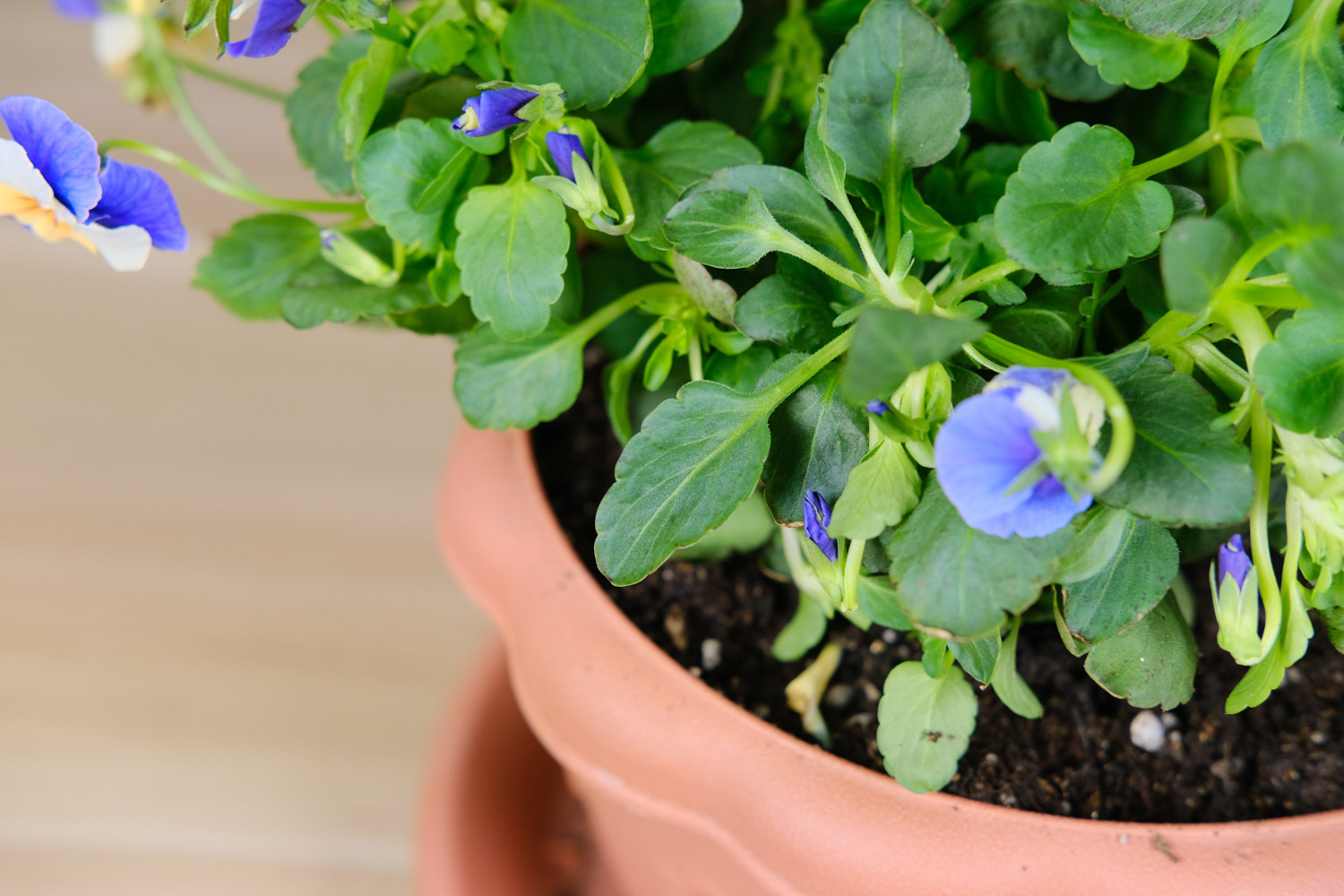
3、 Diagnosis and treatment problems
1. Disease: the common one is "anthrax", and "gray mold" also occurs occasionally. Diseases often occur when it is hot and wet. Before the occurrence of the disease, it is best to use some fungicides regularly to effectively avoid the occurrence of the disease
2. Insect pests: there are "scale insects" and "red spiders", which can be brushed off manually or sprayed with medicine
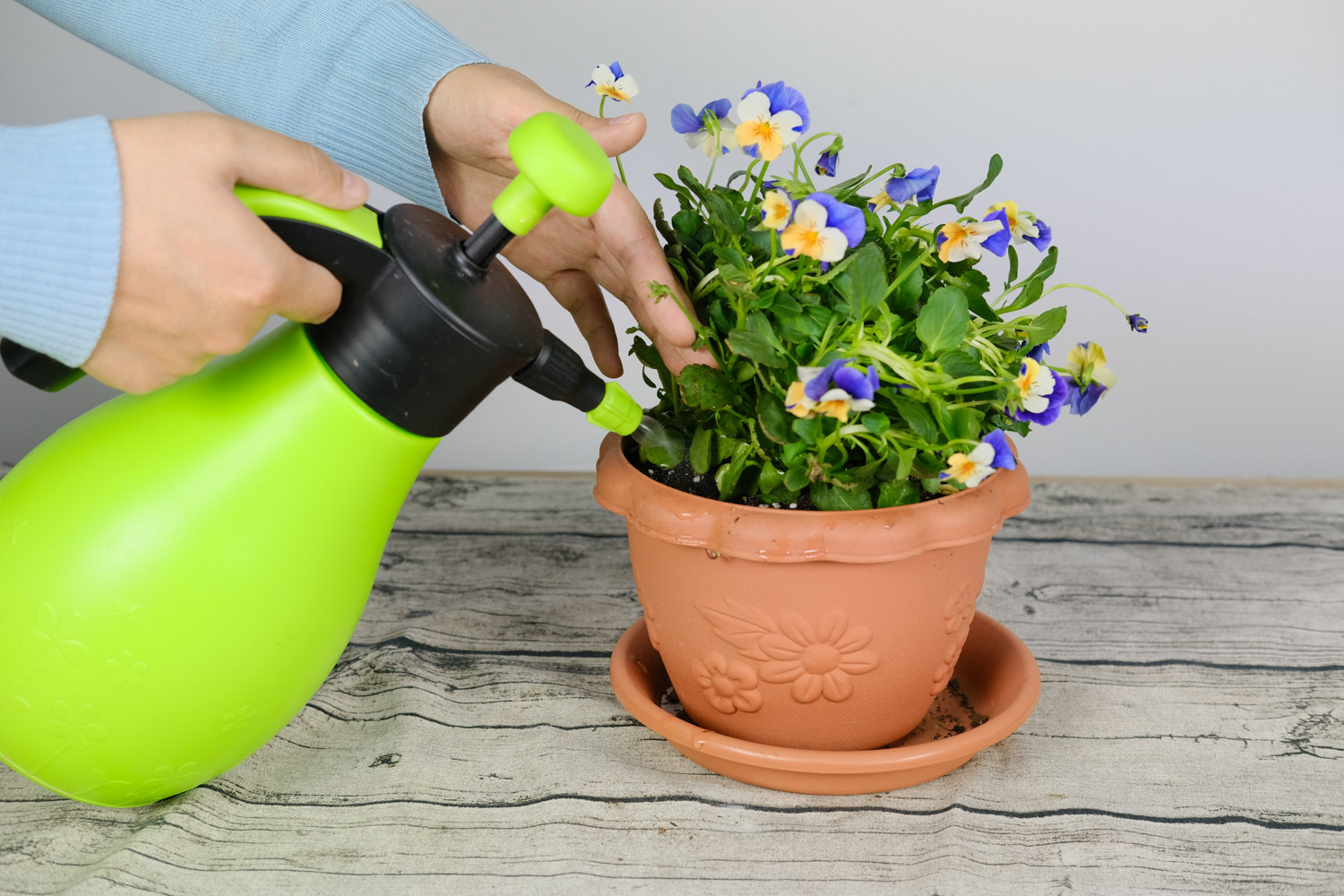
4、 Other issues
1. Toxicity: there is no record of its toxicity. It is harmless
2. Whether it can be raised at home: Generally speaking, it is a very good ornamental plant, which is also more affected by the human environment and can be put at home

 jackfruit
jackfruit snake plant
snake plant hibiscus
hibiscus hydrangea
hydrangea lavender
lavender Green roses climb al...
Green roses climb al... If you don't pay att...
If you don't pay att... Management of four g...
Management of four g...


